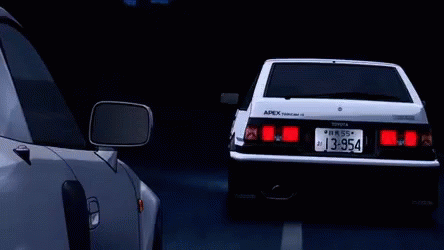Lateral Thinking with Withered Technology[edit]

Yokoi articulated his philosophy of "Lateral Thinking of Withered Technology" (枯れた技術の水平思考?, "Kareta Gijutsu no Suihei Shikō")(also translated as "Lateral Thinking with Seasoned Technology") in the book, Yokoi Gunpei Game House (横井軍平ゲーム館 Yokoi Gunpei Gēmu-kan?), which consists of a collection of interviews. "Withered technology" in this context refers to a mature technology which is cheap and well understood. "Lateral thinking" refers to finding radical new ways of using such technology. Yokoi held that toys and games do not necessarily require cutting edge technology; novel and fun gameplay are more important. In the interview he suggested that expensive cutting edge technology can get in the way of developing a new product.[10]
Game & Watch was developed based on this philosophy.[11] At the time of its development, Sharp and Casio were fiercely competing in the digital calculator market. For this reason, there was a glut of liquid crystal displays and semiconductors. The "lateral thinking" was to find an original and fun use for this cheap and abundant technology. The Game Boy and NES were developed under a similar philosophy.[12]However, this strategy has not always been successful. When video game consoles entered the 4th and 5th generation, Sony and later Microsoft adopted a strategy of embracing cutting edge technology and selling their console at a loss, which was compensated by the licensing fee from sales of games. Nintendo's failure to adopt compact disc technology instead of cartridges for the Nintendo 64 was cited as the main reason rival PlayStation gained the upper hand in the 5th generation console market.[13] On the other hand, in the handheld market, Yokoi's refusal to adopt a color display for the Game Boy in favor of long battery life is cited as the main reason it prevailed against Sega's Game Gear and the Atari Lynx.[12]
Satoru Iwata, the current CEO of Nintendo, claims that this philosophy is still part of Nintendo as it has been passed on to the disciples of Yokoi, such as Miyamoto, and it continues to show itself in Nintendo's current use of technology with the Nintendo DS handheld system and the home gaming console, the Wii.[14] The Wii's internal technology is mostly the same as the previous game system, the GameCube, and is far behind the computational powers and multimedia versatility of other competing video game consoles in the seventh generation; still being the only one to focus primarily on motion-based controls. Nintendo's emphasis on peripherals for the Wii has also been pointed to as an example of Yokoi's "lateral thinking" at work.[15] The DS uses ARM processors at relatively low clock speeds and has far less computational power compared to Sony's competingPSP, yet has many features of modern technology built in (such as 802.11b, compatibility with Game Boy Advance games and touchscreen functionality).
I just though it would be interesting putting this out there. It's been said many times, but I honestly haven't seen so much information on Nintendo's hardware strategy before.
This was taken from the Gunpei Yokoi wikipedia page.
http://en.wikipedia.org/wiki/Gunpei_Yokoi#Lateral_Thinking_with_Withered_Technology




































































